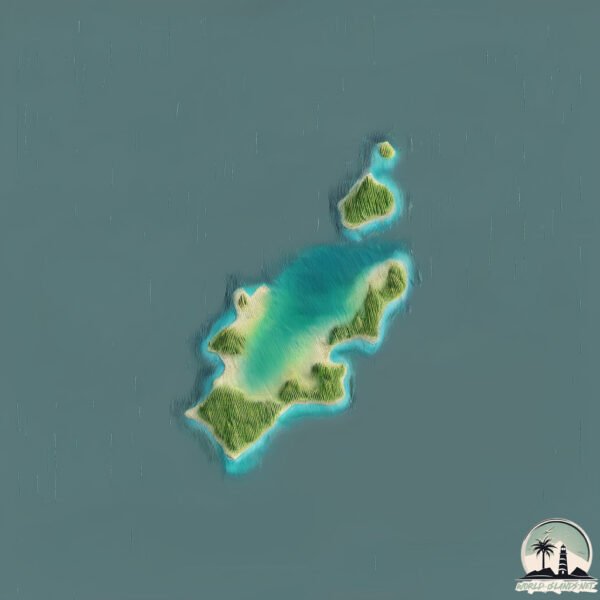Welcome to St. Paul Island , a Continental island in the Gulf of St. Lawrence, part of the majestic Atlantic Ocean. This guide offers a comprehensive overview of what makes St. Paul Island unique – from its geography and climate to its population, infrastructure, and beyond. Dive into the details:
Geography and size of St. Paul Island
Size: 4.999 km²Coastline: 16.7 kmOcean: Atlantic OceanSea: Gulf of St. LawrenceContinent: North America
St. Paul Island is a Small Island spanning 5 km² with a coastline of 16.7 km.
Archipel: –
Tectonic Plate: North America – Covers North America and parts of the Atlantic and Arctic Oceans, characterized by diverse geological features and varying levels of seismic activity.
The geographic heart of the island is pinpointed at these coordinates:
Climate and weather of St. Paul Island
Climate Zone: ContinentalClimate Details: Subarctic ClimateTemperature: Cold Summer
Climate Characteristics: Characterized by long, extremely cold winters and short, cool summers, often found in northern latitudes of North America and Eurasia.
Topography and nature of St. Paul Island
Timezone: UTC-04:00Timezone places: America/La_PazMax. Elevation: 93 m Mean Elevation: 46 mVegetation: Deciduous Needleleaf ForestTree Coverage: 87%
The mean elevation is 46 m. The highest elevation on the island reaches approximately 93 meters above sea level. The island is characterized by Plains: Flat, low-lying lands characterized by a maximum elevation of up to 200 meters. On islands, plains are typically coastal lowlands or central flat areas.
Dominating Vegetation: Deciduous Needleleaf Forest
Vegetation: 4 vegetation zones – Diverse Island
Infrastructure and Travelling to St. Paul Island
Does the island have a public airport? no .
Does the island have a major port? no .
The mean population of St. Paul Island is 0 per km². St. Paul Island is Uninhabited. The island belongs to Canada .
Continuing your journey, Cape Breton is the next notable island, situated merely km away.
St. Paul Island, in 4K
I had the privilege of visiting St. Paul, AK for work recently and thought it would be a great place to capture on my drone, being that ...
St. Paul Island, in 4K
I had the privilege of visiting St. Paul, AK for work recently and ...
I had the privilege of visiting St. Paul, AK for work recently and thought it would be a great place to capture on my drone, being that ...
Saint Paul, Alaska
CORRECTION: I made an error in the video – the island I mentioned as ...
CORRECTION: I made an error in the video – the island I mentioned as Saint George is actually Otter Island
. Saint ...
St. Paul: Seeking a Better Tomorrow (1982)
Excerpt from Alaska Review 48B. This program is the original version ...
Excerpt from Alaska Review 48B. This program is the original version of this story. Another Alaska Review segment titled, "St.
Canada is classified as Developed region: G7: Group of Seven – Major advanced economies, including Canada, France, Germany, Italy, Japan, the United Kingdom, and the United States. The level of income is High income: OECD.
News – Latest Updates and Headlines from St. Paul Island
Stay informed with the most recent news and important headlines from St. Paul Island. Here’s a roundup of the latest developments.
Loading...
Please note: The data used here has been primarily extracted from satellite readings. Deviations from exact values may occur, particularly regarding the height of elevations and population density. Land area and coastline measurements refer to average values at mean high tide.

